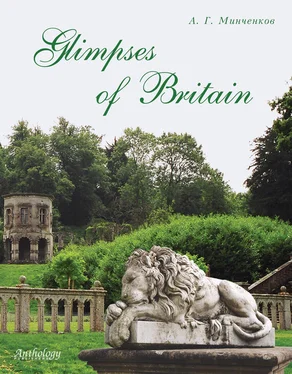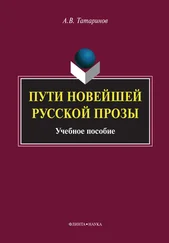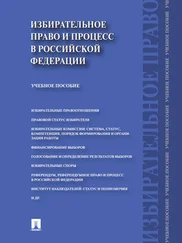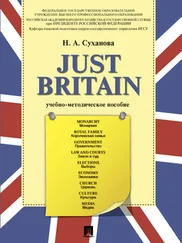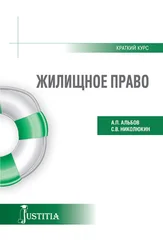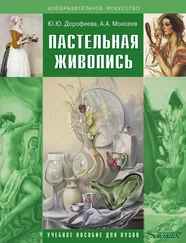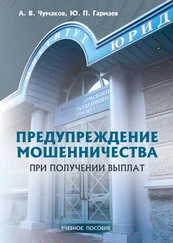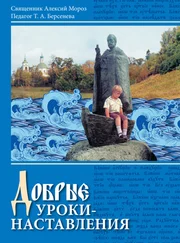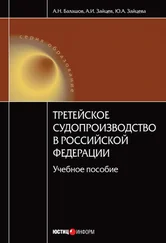С. Петровой, и автор приносит ей большую благодарность за высказанные ценные замечания и предложения. Следует сказать также, что в ряде случаев автор был вынужден считаться с тем, что полностью удовлетворительного перевода той или иной реалии не существует, любой предложенный вариант будет иметь какие-то недостатки, или окажется неуместным в каком-то контексте. В таких случаях обычно предлагалось два (или три) варианта перевода, следующих через косую (/) линию. В конце глоссария дается расшифровка некоторых фонетических символов – тех, которые могут не совпадать с символами, встречающимися в обычных словарях. В частности, автор, следуя принципам фонетической школы филологического факультета СПбГУ, отказался от традиционного обозначения долготы гласных – знак долготы встречается только в произношении слов иностранного происхождения (Transvaal).
Хрестоматия, выходящая отдельной книгой в виде приложения к основной, содержит подборку статей из современных газет и журналов, иллюстрирующих многие из рассматриваемых в основных главах пособия тем, как исторических, так и современных. Статьи расположены в произвольном порядке, они не адаптировались и не сокращались, был полностью сохранен авторский стиль и пунктуация. Таким образом, статьи представляют разный уровень сложности, в зависимости от индивидуального стиля автора.
Автор приносит большую благодарность рецензентам книги д.ф.н. проф. А. А. Масленниковой и к.ф.н. доц. Е. С. Петровой, высказавшим ряд ценных предложений и замечаний по содержанию и оформлению книги.
Glimpses of British History
The British Isles probably have a much longer history than is commonly believed. There are remains of Stone Age life dotted all over Britain and Ireland. They are especially abundant in the Orkneys, where numerous mounds, graves and great circles of standing stones can still be found. There is also a neolithic village called Skara Brae, one of Europe’s most perfectly preserved Stone Age villages. It has been in the Orkneys for five thousand years, and was uncovered by a ferocious sea storm in 1850. It is now thought that by 1000 B.C. Britain was a crowded island with probably as many people living there as in the 16th century A.D. The greatest monuments of those times are the great stone circles – the largest at Avebury, Wiltshire, and the most spectacular of all at Stonehenge on Salisbury Plain. [1]
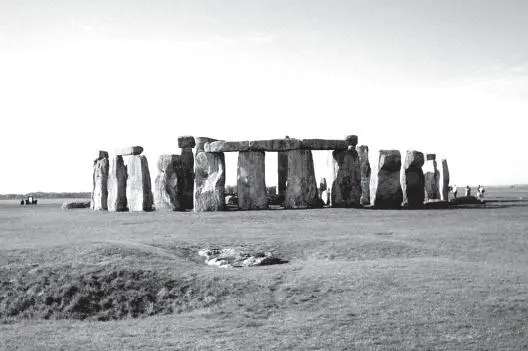
Stonehenge
The first document in the written history of the British Isles is a passage which records the visit to the Cornish peninsula of a Greek sea captain, Pytheas of Marseilles, about 320 B.C. At that time Britain was inhabited by the Celts. They were tribes from the upper Danube, who eventually settled in Italy, Spain and Britain. The Celts were an agricultural people who lived in farmsteads or villages. By the standards of those times, they were a rather advanced people, who could spin, weave, make pottery and metal items. They arrived in Britain from about 700 B.C. quickly taking over from the peoples who were already there. The Celts were divided into three classes: the nobles, whose task was to fight; the Druids, who acted as judges, teachers and dealt with the gods by means of magic; and the vast mass working on the soil.
For about 600 years the Celts lived in peace until, in the middle of the first century B.C., Julius Caesar decided to invade the island. The first time the Romans landed in 55 B.C., then again – in 54 B.C., when they pushed northwards, crossing the river Thames and conquering the whole of the south-east. Finally they made peace with the Celtic chiefs, who handed over hostages and promised an annual ransom.
The next major invasion came in 44 A.D. (Anno Domini, in the year of Our Lord), and then in 77 A.D. Britain became a province of the Roman Empire. The Roman governor Agricola advanced and conquered Scotland. For the first time the whole island was under single rule and to celebrate this a vast triumphal arch was built at Richborough. Eventually, however, Scotland was abandoned, and in 122 the Roman Emperor Hadrian came to Britain and ordered the building of a wall 80 miles long, across the northern border, in present-day Northumberland. Every 15 miles there was a fort and between each fort there were two watch towers. On the enemy side there was a ditch for protection, and a second one on the Roman side to facilitate the transportation of supplies. The wall was a remarkable achievement and much of it still stands.
From the middle of the 2nd century it makes sense to talk about a Romano-British culture. The Romans brought with them a number of profound changes, the greatest of which was the introduction of towns. Urban life was essential to them, but totally new to the Celts, who lived in scattered enclosures. Each Roman town had its own public baths, often several of them, with elaborate changing rooms, a gym, and cold, warm and hot baths. The Romans were masters in handling water; they built splendid aqueducts, drainage and sewerage system. Each town also had its own amphitheatre on the outskirts. Initially the towns were built without walls, but later, as the threats of invasion multiplied, they were added. Many modern British city names come from the Roman times: Gloucester, Leicester, Worcester, Winchester, and Chester. All these names are formed from the Latin word castra , which means an armed camp . One of the most spectacular Roman towns is Bath. Constructed over a hot spring that gushed water from underground, Bath was at once a marvel of hydraulic engineering, a showy theatre and a mysterious cult, a typical Romano-Celtic town. [3] In Dover the Romans built a 96-bedroom hotel, the last word in luxury.
The Romans also reorganized the countryside by building villas. Villas began as modest farmhouses, but as time passed they became more luxurious, some of them were virtual palaces with comforts like under floor heating, mosaic floors and wall paintings. Just how numerous these villas were is revealed by the fact that archaeologists have discovered the sites of about 1,000 villas on the British Isles.
Roman Britain was held together by a strong system of government. The creation of towns and villas formed a ruling class that included Celts, who were romanized, lived in towns and spoke Latin. In the country Celtic survived as the language of the peasantry.
The Romans introduced new vegetables and fruits: cabbage, peas, apples, plums, cherries and walnuts. They were the first settlers on the British Isles who made formal gardens, in towns and around villas, and brought the domestic cat.
Читать дальше
